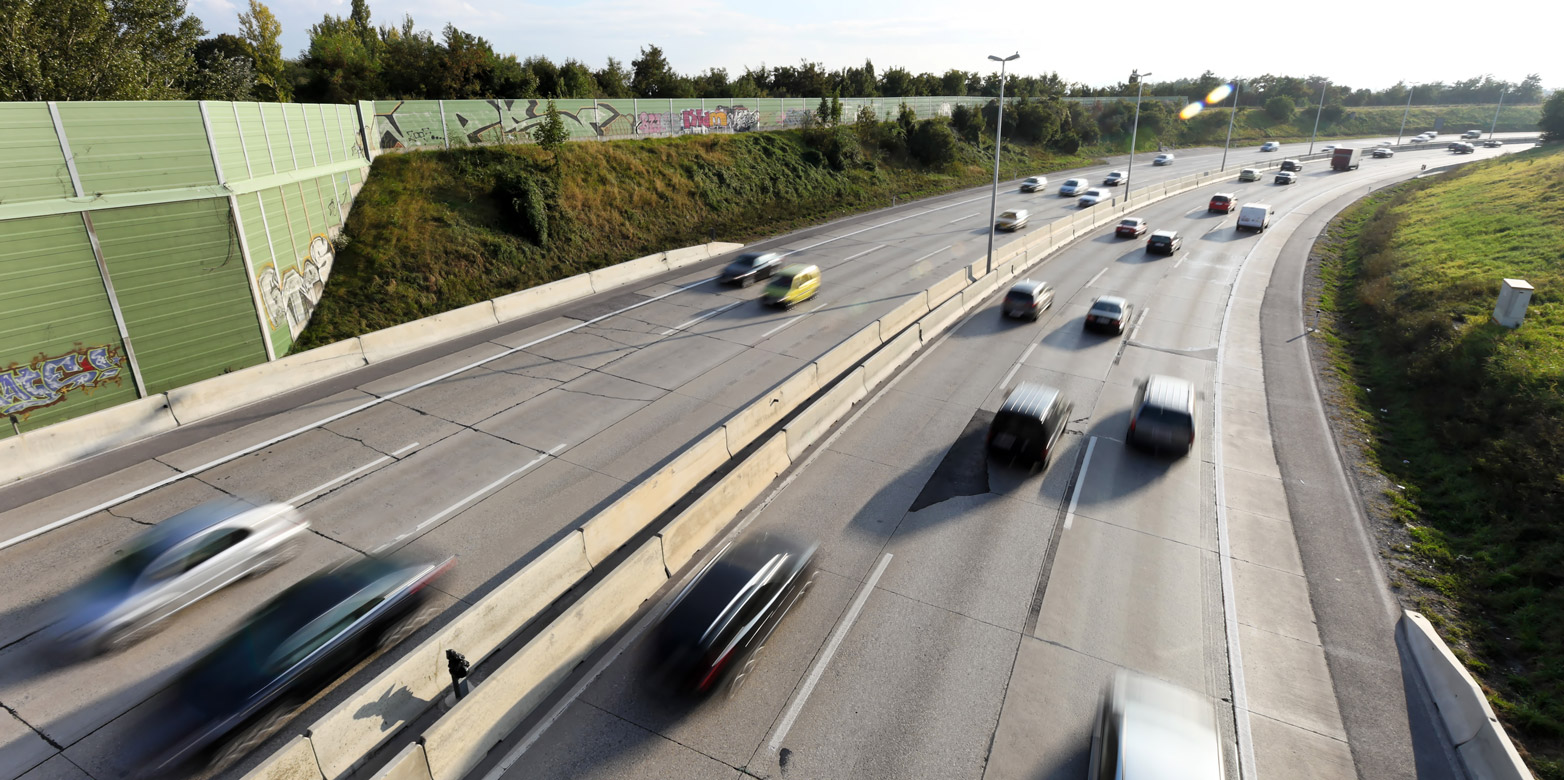A (long) way to climate-neutral road transport
Current European and Swiss policy measures are insufficient for addressing the Paris climate target, says Konstantinos Boulouchos and outlines a way to decarbonise mobility.

We are running out of time. In 2015, most nations signed the Paris Agreement and committed to reducing emissions to limit global warming below 2 degrees. In practical terms, this would mean that from 2015 onwards, global carbon dioxide (CO2) emissions should not exceed a cumulative total of roughly 800 gigatonnes (Gt) 1.
According to its share in the world population, the EU has a remaining CO2-budget of 50 Gt. If we assume the same decarbonisation rate as for the entire energy sector, the European transport sector should be virtually greenhouse gas (GHG) emission-free by 2040. The EU has fixed various reduction goals 2, yet even the most ambitious will fail to comply with the Paris Agreement.
In Europe, the transport sector accounted for 24% of GHG emissions in 2016 3, in Switzerland even for 38% 4. In both cases, this share keeps increasing and road transport is the dominant contributor (about three quarters), followed by aviation and maritime shipping 4,5.

Setting the course now
This calls for drastic and effective measures that must address both the demand for transport and the supply side, be it for personal mobility or the movement of the goods we consume.
I am well aware that a fundamental change in the way we move people and goods is unlikely to happen overnight. The transport system is a complex interplay between mobility services, vehicle and infrastructure assets with different lifetimes as well as energy carriers, not to mention behavioural and consumption patterns that are even harder to influence. Even higher is the urgency to move in the right direction immediately: We have to set the course now.
A guide to decarbonised transport
I am convinced: In the light of what we risk if temperatures keep rising, action on a large scale and of political as well as legislative nature is necessary. However, what kind of policy framework can guide the decarbonisation of transport without jeopardizing economic and social welfare?
In a working group nominated by the European Academies’ Science Advisory Council (EASAC) we analysed these questions. In the corresponding report published recently 6, we sketch what European policy needs to focus on to radically lower transport GHG emissions. In short:
- Containing the demand growth for conventional motorized transport must be a priority.
- An important factor for this is the switch to more efficient modes, which will require massive investment in public transport, especially rail infrastructure. Considering that annual worldwide subsidies for fossil fuels are about 300-400 billion Euros, a pervasive reallocation of funds could be a first step to fund such efforts.
- Concerning road transport, improving vehicle design and promoting the deployment of more efficient (hybrid) powertrains and right-sized vehicles fuelled primarily with low-CO2 fuels will have to contribute to lowering emissions immediately.
- Along with this, widespread implementation of electric mobility has to proceed hand in hand with building up the capacity of renewable energy generation and improving battery-manufacturing processes to reduce embedded CO2 emissions.
- The design of the EU Emissions Trading System (EU ETS) will be crucial as the transport, industry and buildings sectors will compete for emission allowances in the future.
- The decarbonisation of long-range transport (including aviation and shipping) will be tricky as battery technology is unlikely to cover the needs of this sector. Thus, it will probably require synthetic fuels such as hydrogen and hydrocarbons, produced from renewable electricity along with cost-efficient implementation of large-scale infrastructure.
- Moreover, to create a level playing field for all technologies and energy carriers as well as avoid importing components with high CO2 emissions aboard, lifecycle (cradle to grave) emissions should be the basis for comparison.
Implications for Switzerland
All these policy recommendations are relevant for Switzerland, since we will have to align climate-relevant policies with the EU in the long run. The way in which Switzerland is included in the EU ETS framework will be particularly critical for ensuring a low CO2 footprint of future electricity generation.
“We should seize opportunities and enhance knowhow and infrastructure for the supply of renewable synthetic fuels.”Konstantinos Boulouchos
Finally, Swiss residents are among the most frequent flyers in the world, and Switzerland hosts leading technology suppliers for the international automotive and shipping industry. Therefore, we should seize opportunities and enhance knowhow and infrastructure for the supply of renewable synthetic fuels, thus creating synergies between protecting the climate and strengthening Swiss industry.
Konstantinos Boulouchos was the project leader of the EASAC report “Decarbonisation of Transport”. He has co-authored this text with Kirsten Oswald, project manager at the external page SCCER Mobility and member of the corresponding EASAC working group.
Further information
The report “Decarbonisation of Transport: options and challenges” 6 of the European Academies’ Science Advisory Council was first published on March 20th in Brussels and will be presented in Bern on April 5th.
1 International Energy Agency & International Renewable Energy Agency. 2017. external page Perspectives for the energy transition.
2 European Environment Agency. 2018. external page Total greenhouse gas emission trends and projections.
3 Eurostat. 2018. external page Greenhouse gas emission statistics - emission inventories.
4 Bundesamt für Umwelt. 2018. external page Treibhausgasemissionen der Schweiz 1990-2016.
5 European Environment Agency. 2018. external page Greenhouse gas emissions from transport.
6 European Academies’ Science Advisory Council. 2019 external page Decarbonisation of transport: options and challenges.
Comments
No comments yet